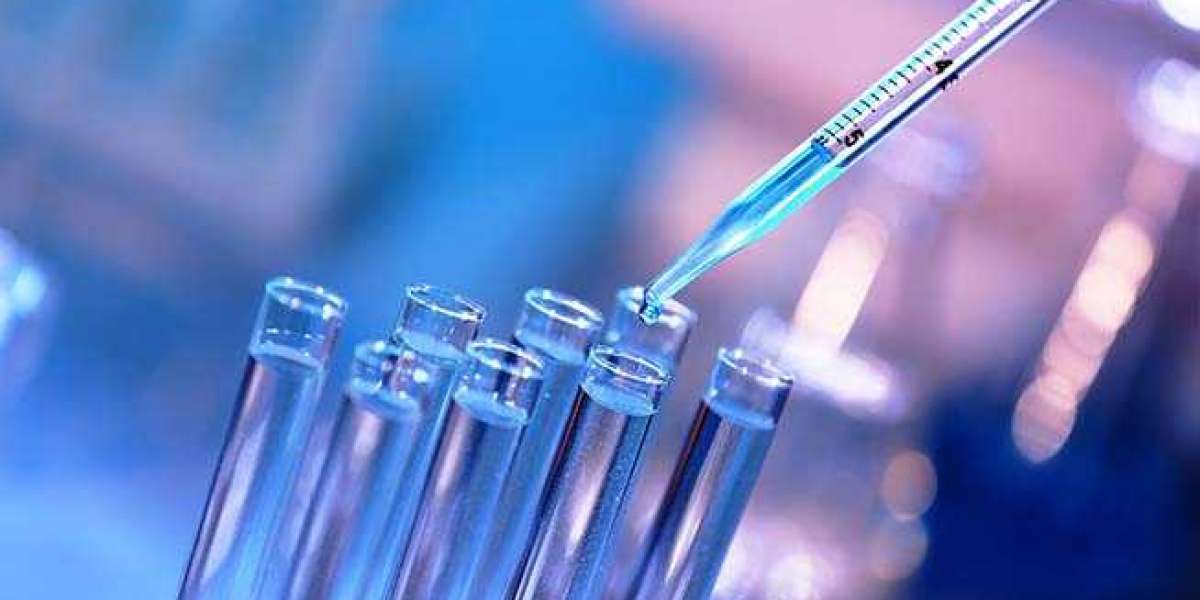Cell Models of Rare Disease
Cell-based models, with far-ranging applications in most drug screening and drug-target interaction mechanism studies, allow researchers to better understand how specific cell types are influenced by a rare disease, as well as provide a platform for exploring potential therapeutic interventions in vitro. In the field of rare diseases, a variety of cell models play an important role in pathological research and drug development.
- Cell Lines
More than 80% of rare diseases are caused by genetic mutation. Genetic editing of the existing cell lines based on specific genotypes can produce models for corresponding rare diseases. Practically, HeLa cells, HEK293T and erythroid cell lines K562 have been used as models for Niemann-Pick Type C (NPC) disease, hemoglobinopathies and Fabry disease.
- Primary Cells
Since established or commercial cell lines have undergone an unknown number of passages in vitro, they may not truly reflect the molecular dynamics of rare disease pathogenesis. The primary fibroblasts, B-lymphoblastoid cells and primary urine cells derived from patients with rare diseases are commonly used model systems to study pathogenesis-related specificity and predict translational clinical relevance.
- iPSCs
Induced pluripotent stem cell (iPSC)-based disease modeling is a promising strategy to circumvent the need for research resources due to the scarcity of patients with rare diseases. The stem cells from patient with rare diseases inherit the genetic information of their donor, allowing for a more comprehensive simulation of pathogenesis when iPSCs are directed to be differentiating into certain cell types.
Even though rare diseases are difficult to determine due to the low prevalence, the above different cell models can not only complement each other, playing a linkage role in the study of disease mechanisms, but also provide more options for developing novel and specific treatment plans for patients with rare diseases.
 Fig.1 iPSC generation and cell type differentiation in rare bone morphogenetic protein diseases (Sanchez-Duffhues and Hiepen 2023)
Fig.1 iPSC generation and cell type differentiation in rare bone morphogenetic protein diseases (Sanchez-Duffhues and Hiepen 2023)







